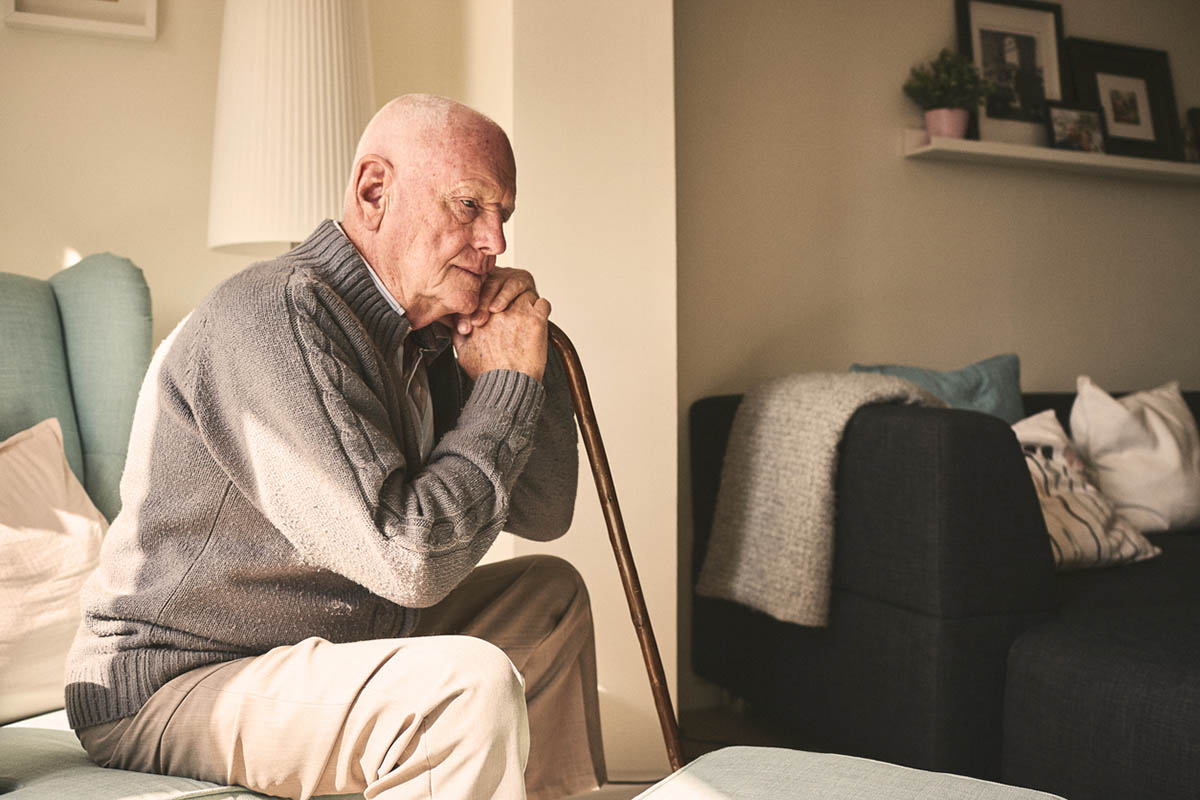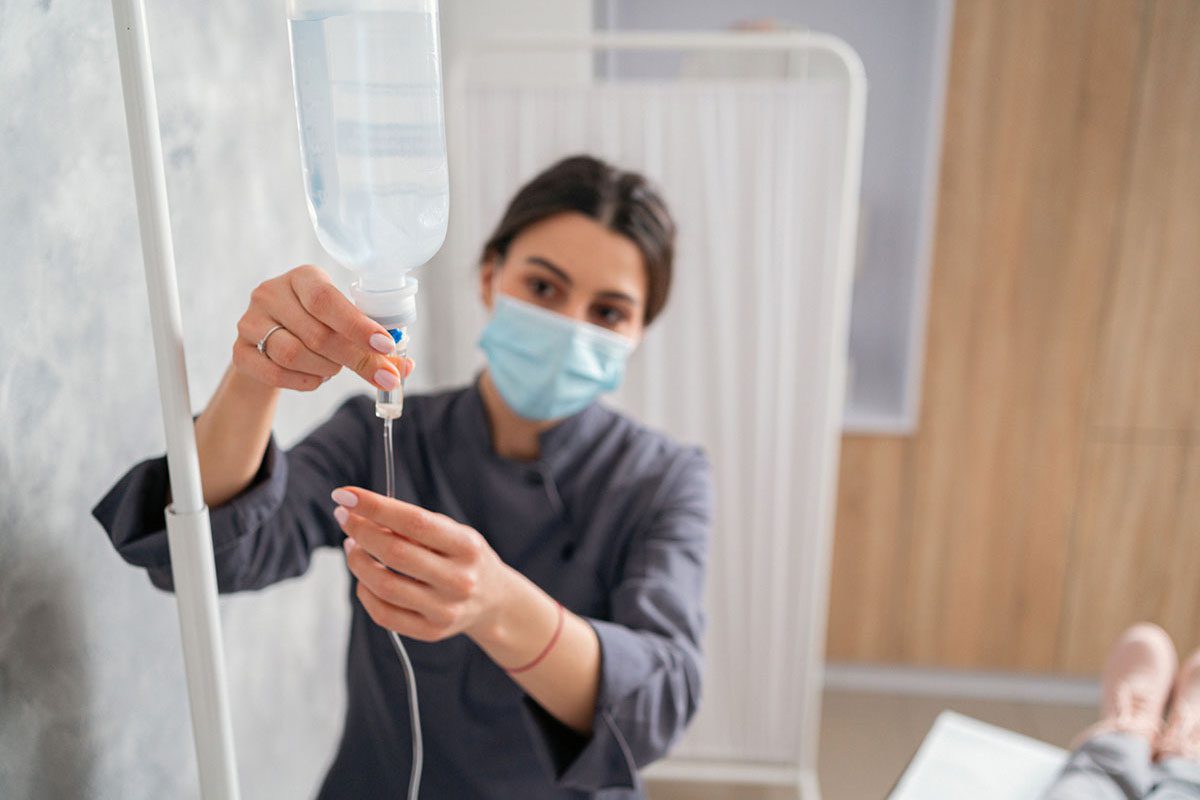See original letter by Abbass, et al.
Dr Barber and Colleagues Reply
To the Editor: We thank Abbass and colleagues for their well-intended critique of our study.1 They suggest that our findings are at odds with the literature. However, we know of no other comparison of supportive-expressive therapy (SET),2 or, for that matter, any form of short-term dynamic psychotherapy (STDP), with placebo medication. The few studies that have compared the efficacy of STDP against active medication have failed to show any difference between the treatments. Regarding the lack of difference between active and placebo medication, several recent reviews of the literature3-6 have shown that selective serotonin reuptake inhibitors (SSRIs) are no more effective than placebo medication when depression is not very severe. In addition, there is evidence that, in more recent years, there has been an increase in the placebo response rate.7 Thus, the lack of difference between placebo and active medication is not as surprising as it would have been 10 years ago when we planned the study.
It is true that STDP has been shown both to be more effective across disorders than control conditions and not to be inferior to alternative treatment.8 However, among studies focusing on depression, there are very few randomized controlled trials (RCTs). Indeed, the published meta-analytic review9 of STDP for depression showed that, among RCTs, STDP was more effective than control conditions (d = 0.80), all wait-list controls except in 1 study that compared with treatment as usual. Yet, those studies did not include a more active control and did not focus only on individual therapy. The meta-analysis9 also contained complex findings that were difficult to relate to our investigation, especially in light of space limitations. More specifically, STDP was shown to be less effective (d = -0.35) than alternative treatments. In an upcoming book chapter,10 we conclude that this latter result is the consequence of the inclusion of a heterogeneous mixture of dynamic therapy exemplars, including those delivered in group format, as well as studies in which STDP was given in combination with alternative treatments (eg, psychodrama). We also show that, even among RCTs, STDP for individuals with depression is not different in its efficacy from alternative treatments.10
Furthermore, Abbass et al argue that other studies of STDP have shown impressive pretreatment versus posttreatment effect sizes. We, however, did not report within-group effect sizes, as those are, in our view, unreliable estimates of change. One reason such effect sizes are unreliable is that they are too dependent on the standard deviation of the patient scores at intake. For example, if a study had a restricted standard deviation at intake, the effect size would be large, whereas a wider standard deviation, all else equal, would yield a smaller within-group effect size (R. J. DeRubeis, PhD; oral communication; June 18, 2008). Thus, if one accepts patients with a wide range of illness severity, as we did, the effect size will tend to be small, even if the magnitude of change is as large as is found in other studies. For all of those and other reasons, it is hard to know what would constitute an impressive (eg, large) uncontrolled within-group effect size. Nevertheless, we have now calculated pretreatment versus posttreatment within-group effect sizes based on the intent-to-treat data that we used for our primary outcome analysis. For the posttreatment score, we used the predicted scores at 16 weeks from our hierarchical linear model. The d-type effect sizes (the difference, in terms of the intake standard deviation, between the mean in each group, at posttreatment and at pretreatment) were 1.47 for active medication, 1.27 for SET, and 1.44 for placebo medication. These results are certainly consistent with those provided by other researchers.
We judged that the unusual composition of our sample was the most likely explanation for differences between our findings and those of otherwise similar trials. We do not agree that our sample comprised an unusually high incidence of patients who were struggling with basic life issues. We attempted to include a wide range of patients whose primary problem, as judged by independent diagnosticians as well as by the patients themselves, was depression. Although a relatively large percentage of patients in our sample were unemployed,1 only 12% of our sample reported lack of a job to be problematic, and, for most, their main concern was marital/family relationship problems (41%). Those with current substance dependence were excluded from the trial, and, although 18% of our patients met criteria for current substance abuse, the most common substance was alcohol (76%). Patients were strongly encouraged to reduce or eliminate their drinking. The typical behaviors leading to an abuse diagnosis were driving while intoxicated or missing work or school due to the previous night’s drinking. It is true that many were chronically depressed and many were recruited in the community11; however, they were not paid to participate in the active phase of the research program and received a token payment for completing the 16-week assessment. In the end, we find the present criticism ironic, as our recruitment strategy and our inclusion criteria were intended to address a popular and important criticism of RCTs previously raised by one of the critiques of the letter,12 which is that RCT samples are not representative primarily because complicated patients are said to be excluded.13
Most importantly, our data suggest that our treatments were not uniformly effective for all depressed patients.14 Whereas both SSRI treatment and SET were more effective than placebo for white women (Cohen d > 0.70), SET was more effective than SSRI treatment and placebo for minority men (Cohen d > 1.00). Undoubtedly, such a finding calls for replication and for the development of better treatment for depressed inner-city patients.
Dr Abbass and colleagues could be right in asserting that the improvement rate in the placebo condition was due to what is often called nonspecific or common factors and that those factors are responsible for the patients’ outcome. We will address some of these issues in secondary analyses of our data.
References
1. Barber JP, Barrett MS, Gallop R, et al. Short-term dynamic psychotherapy versus pharmacotherapy for major depressive disorder: a randomized, placebo-controlled trial. J Clin Psychiatry. 2012;73(1):66-73. PubMed doi:10.4088/JCP.11m06831
2. Luborsky L. Principles of Psychoanalytic Psychotherapy: Manual for Supportive-Expressive Treatment. New York, NY: Basic Books; 1984.
3. Fournier JC, DeRubeis RJ, Hollon SD, et al. Antidepressant drug effects and depression severity: a patient-level meta-analysis. JAMA. 2010;303(1):47-53. PubMed doi:10.1001/jama.2009.1943
4. Kirsch I, Deacon BJ, Huedo-Medina TB, et al. Initial severity and antidepressant benefits: a meta-analysis of data submitted to the Food and Drug Administration. PLoS Med. 2008;5(2):e45. PubMed doi:10.1371/journal.pmed.0050045
5. Khan A, Leventhal RM, Khan SR, et al. Severity of depression and response to antidepressants and placebo: an analysis of the Food and Drug Administration database. J Clin Psychopharmacol. 2002;22(1):40-45. PubMed doi:10.1097/00004714-200202000-00007
6. Turner EH, Matthews AM, Linardatos E, et al. Selective publication of antidepressant trials and its influence on apparent efficacy. N Engl J Med. 2008;358(3):252-260. PubMed doi:10.1056/NEJMsa065779
7. Walsh BT, Seidman SN, Sysko R, et al. Placebo response in studies of major depression: variable, substantial, and growing. JAMA. 2002;287(14):1840-1847. PubMed doi:10.1001/jama.287.14.1840
8. Leichsenring F, Rabung S, Leibing E. The efficacy of short-term psychodynamic psychotherapy in specific psychiatric disorders: a meta-analysis. Arch Gen Psychiatry. 2004;61(12):1208-1216. PubMed
9. Driessen E, Cuijpers P, de Maat SC, et al. The efficacy of short-term psychodynamic psychotherapy for depression: a meta-analysis. Clin Psychol Rev. 2010;30(1):25-36. PubMed doi:10.1016/j.cpr.2009.08.010
10. Barber JP, Muran JC, McCarthy KS, et al. Research on psychodynamic therapies. In: Lambert MJ, ed. Bergin and Garfield’s Handbook of Psychotherapy and Behavior Change. 6th ed. New York, NY: John Wiley & Sons, Inc. In press.
11. Kocsis JH. Questions raised by the failure of a trial of short-term psychodynamic therapy versus pharmacotherapy for major depressive disorder. J Clin Psychiatry. 2012;73(1):64-65. PubMed doi:10.4088/JCP.11com07056
12. Shedler J. The efficacy of psychodynamic psychotherapy. Am Psychol. 2010;65(2):98-109. PubMed doi:10.1037/a0018378
13. Westen D, Novotny CM, Thompson-Brenner H. The empirical status of empirically supported psychotherapies: assumptions, findings, and reporting in controlled clinical trials. Psychol Bull. 2004;130(4):631-663. PubMed doi:10.1037/0033-2909.130.4.631
14. Barber JP, Muenz LR. The role of avoidance and obsessiveness in matching patients to cognitive and interpersonal psychotherapy: empirical findings from the treatment for depression collaborative research program. J Consult Clin Psychol. 1996;64(5):951-958. PubMed doi:10.1037/0022-006X.64.5.951
Author affiliations: Derner Institute of Advanced Psychological Studies, Adelphi University, Garden City, New York (Dr Barber); Center for Psychotherapy Research (Drs Barrett and Gallop) and Mood and Anxiety Disorders Section (Drs Barrett, Rynn, and Rickels), Department of Psychiatry, University of Pennsylvania School of Medicine, Philadelphia; and the Division of Child and Adolescent Psychiatry, Columbia University and New York State Psychiatric Institute, New York (Dr Rynn).
Potential conflicts of interest: Please consult the original publication for a full listing of potential conflicts of interest [J Clin Psychiatry 2012;73(1):66-73]. In addition, Dr Rynn reports consultancy for Shire and receipt of grant/research support from Merck and Shire.
Funding/support: The original article was written with support from National Institute of Mental Health (NIMH) grant R01 MH 061410 (Dr Barber, principal investigator). The sertraline and placebo pills were provided by a grant from Pfizer Corp. Neither sponsor had any role in the study besides funding the study (NIMH) or supplying the sertraline and placebo pills (Pfizer).
doi:10.4088/JCP.12lr07633a
© Copyright 2012 Physicians Postgraduate Press, Inc.




